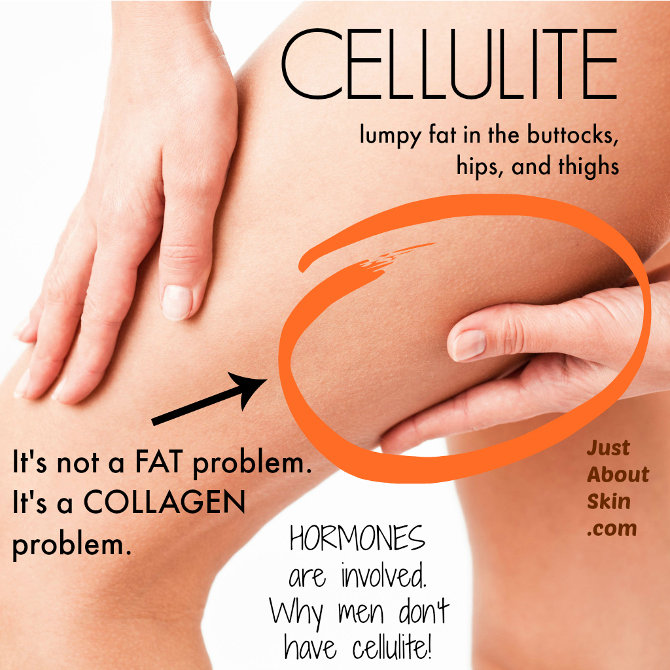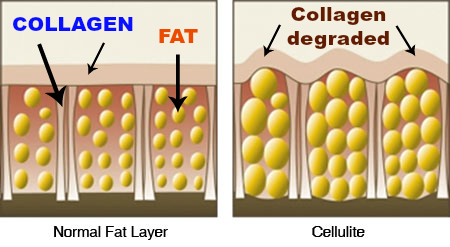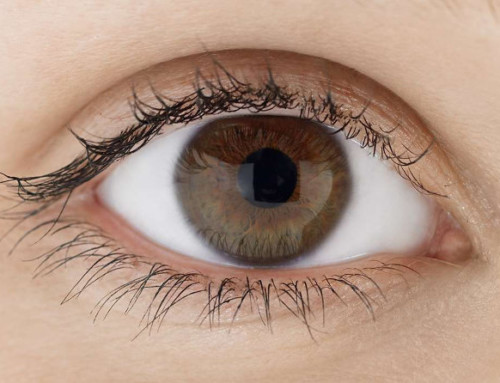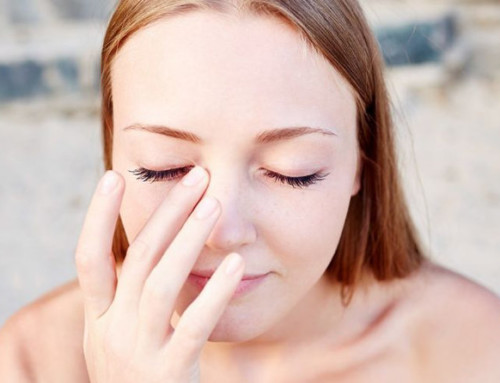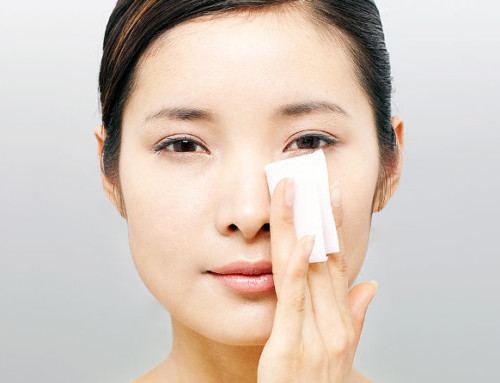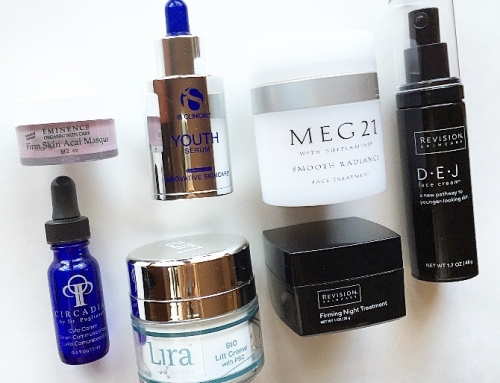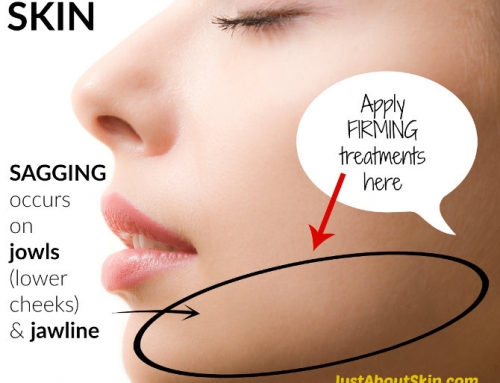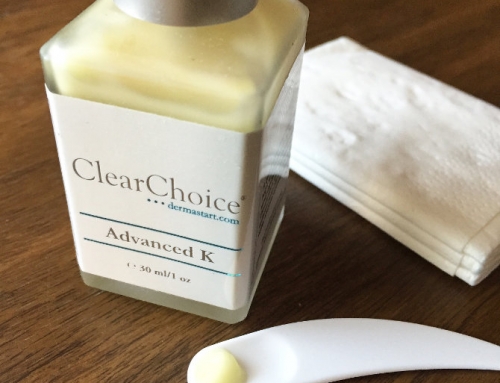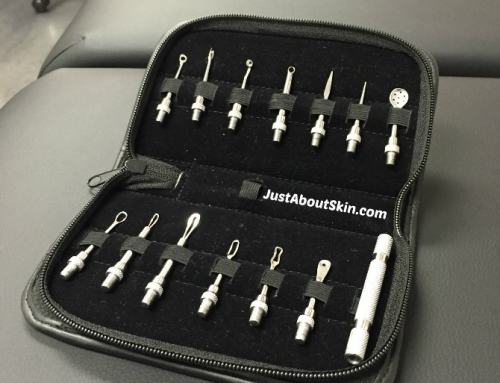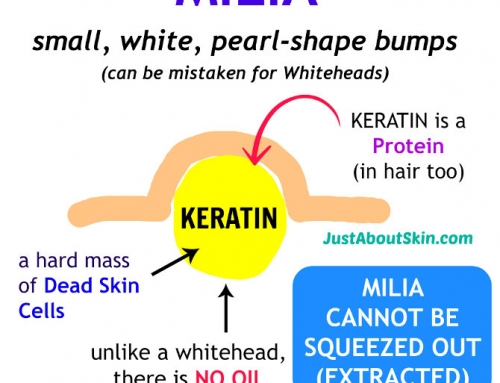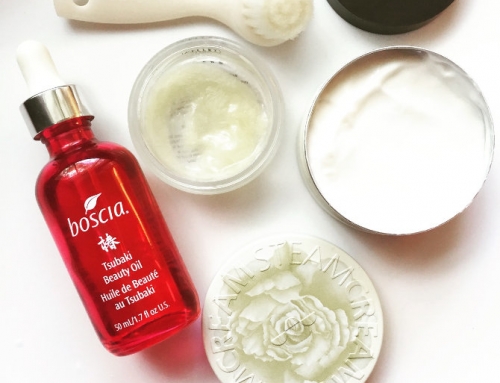The conventional thinking about cellulite is that it is a problem with fat. After all, cellulite is visible lumps of fat that dimple the skin.
Most of the treatments for cellulite today focus on the fat. Whether it is dieting advice (lose weight, exercise more, don’t eat so much fat), prescriptions for massage, pressure, suction, wraps, thermal treatments, or cosmetic procedures that remove or break up fat, they are all concerned with fat.
Well, what I have learned recently is that the focus on fat is the wrong approach. Dr. Peter Pugliese of Circadia Skincare, a respected skin scientist, offers a different and enlightening perspective on cellulite.
The Cellulite Causes That You Hear About
Cellulite is NOT a fat disorder. It is a disorder of COLLAGEN.
It has nothing to do with too much fat consumption, water retention, lymph build-up, toxins, or poor circulation. These are the causes most often cited today. And the overwhelming majority of treatments are focused on these causes.
Let’s take a look at why collagen is the culprit.
What Is Cellulite?
Cellulite is basically lumps of fat that protrude through skin. It causes the surface of skin to look uneven and dimpled.
 Cellulite is primarily found in the buttocks, the back of the thighs, hips, and the side of the thighs.
Cellulite is primarily found in the buttocks, the back of the thighs, hips, and the side of the thighs.
Cellulite is primarily a female problem (how unfair!). It is uncommon in men (I will explain why below). It also tends to be genetically inherited. For example, cellulite is much more common in Caucasian women than in Asian women.
Women of all sizes and shapes are affected. Thin women can have a large amount of cellulite too.
In women, the buttocks and thighs are reservoirs of extra fat. These fat reserves are intended for nutritional deficiencies during pregnancies. In other words, your body stores fat there in case you’re starving while pregnant.
Because of how Mother Nature made us, the fat here is very hard to remove. Exercise and diet are no use for getting rid of this fat.
What Causes Cellulite?
Cellulite is a disorder of collagen, specifically Type I Collagen. There are at least 28 types of collagen in the human body. Type I is the most abundant in the body.
So what does collagen have to do with cellulite?
The fat layer in skin is the lowest layer of skin. It lies beneath the dermis and serves to cushion you from impact and protect your internal organs.
This fat layer is further subdivided into the superficial layer of fat and the deep layer. These layers are compartmentalized. And these compartments are held together by collagen bands.
If these collagen bands are damaged or destroyed, they release the fat, and fat spills out of the compartments. This released fat is what you see as cellulite.
So what destroys the collagen bands?
A group of enzymes called MMP enzymes. These enzymes go about chewing up collagen and elastin throughout the body. It is nature’s way of destroying the old in order to make way for the new. For example, after an injury – the MMP enzymes destroy the damaged tissue in order to make room for new, healthy tissue.
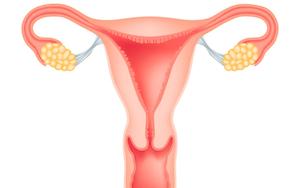 One way MMP enzymes are triggered is by the menstrual cycle. During the menstrual cycle, the MMP enzymes are responsible for removing the endometrium lining in the uterus if there is no pregnancy. This removal of the lining is what causes the monthly bleeding.
One way MMP enzymes are triggered is by the menstrual cycle. During the menstrual cycle, the MMP enzymes are responsible for removing the endometrium lining in the uterus if there is no pregnancy. This removal of the lining is what causes the monthly bleeding.
Hormones (estrogen and progesterone) are responsible for turning these MMP enzymes on and off. This is why cellulite does not typically occur in men. They do not experience the menstrual cycle and therefore are not under the influence of these hormones on a monthly basis.
What’s The Best Way To Treat Cellulite?
The key to treating cellulite is to treat the root cause of the problem – prevent the collagen bands from being destroyed by the MMP enzymes.
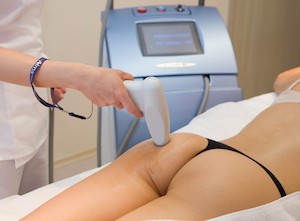 Fat destruction will only go so far. Even if you destroy existing fat, say by a cosmetic procedure that removes the fat or melts the fat, the fat will come back. New fat cells will fill in the gap where the old fat was. Fat cells never stop multiplying!
Fat destruction will only go so far. Even if you destroy existing fat, say by a cosmetic procedure that removes the fat or melts the fat, the fat will come back. New fat cells will fill in the gap where the old fat was. Fat cells never stop multiplying!
Moving fat also does not solve the problem long term. The fat may be distributed, but cellulite will still keep forming.
Unfortunately, topical treatments that can address the root cause (collagen degradation by MMPs) are just in the beginning stages. There are some ingredients that can block MMP enzymes (this kind of ingredient is called a MMP inhibitor). But they are only partially effective.
And inhibiting the activity of MMP’s is only half the solution. The collagen that has already been damaged needs to be repaired too. Because until you fix those collagen bands, fat will continue to leak out of their compartments.
Researchers today are looking at ways to stimulate fibroblast activity. Fibroblasts are types of cells that can build collagen. They also perform other roles, such as the very opposite of making collagen – destroying it!
TIPS for Dealing With Cellulite
1. Save your money.
Don’t waste your money on expensive spa treatments or medical procedures. They’re focused on the wrong issue.
2. Wear support pantyhose.
The perpendicular pressure against the leg will direct fibroblasts to produce collagen.
3. Look for these MMP Inhibitor ingredients.
If you’re going to purchase a topical cellulite cream, then look for the following ingredients which can inhibit the activity of MMP enzymes:
- Centella asiatica
- Resveratrol
- OPCs (Oligomeric Proanthocyanidins)
- EGCG (the catechin in green or white tea)
- Retinol
- Vitamin C
- Chlorella vulgaris
- Boswellia serrata
- Lupine
- Ginger
- Mango
- Apple
Related Posts:
Want articles & posts delivered straight to your inbox? Sign up for the weekly newsletter here.

